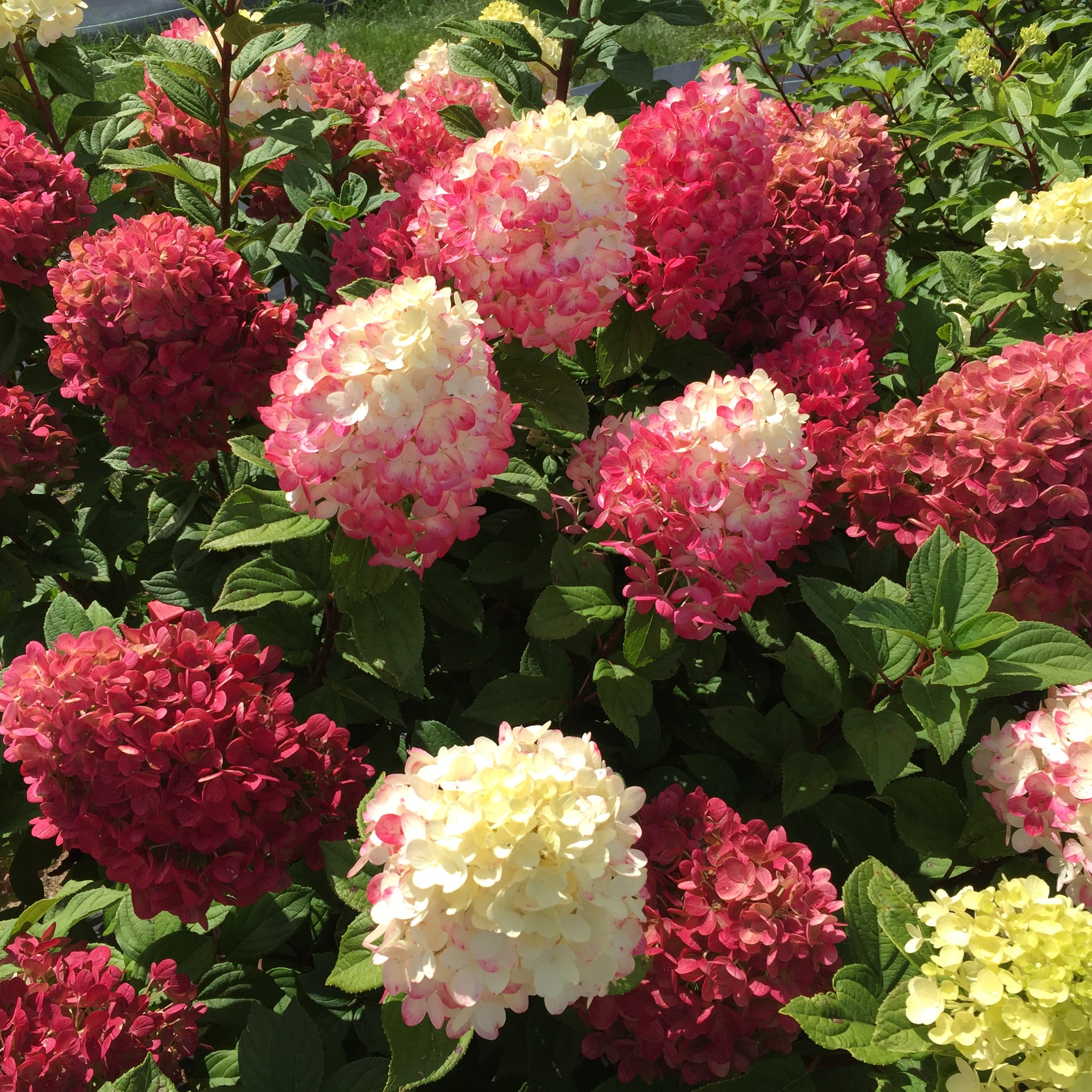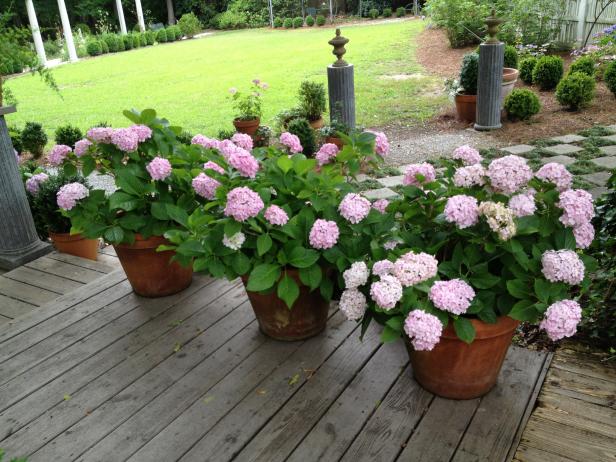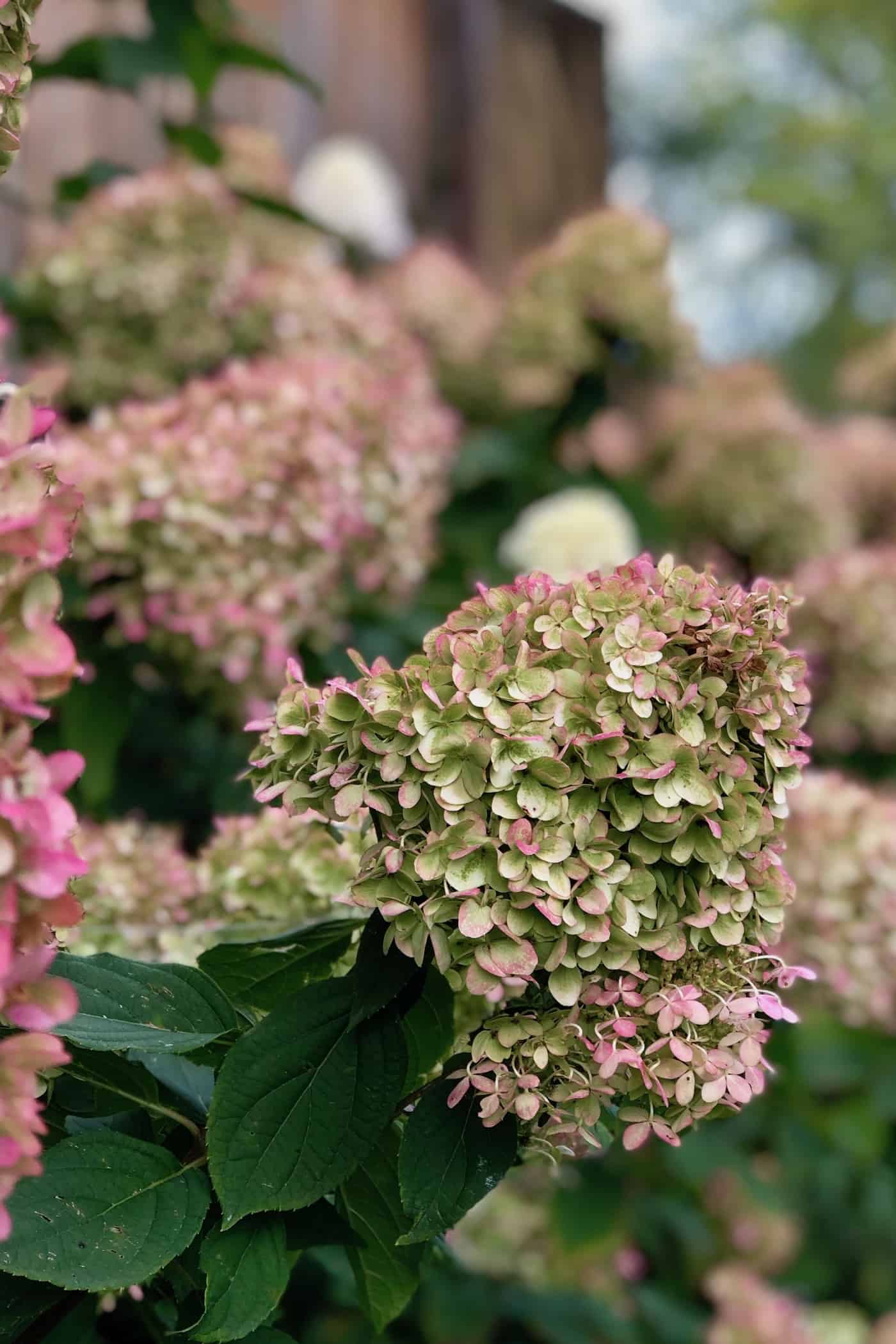Little Lime Hydrangea: The Perfect Shrub For Small Spaces
Little Lime Hydrangea: The Perfect Shrub for Small Spaces
If you're looking for a beautiful and easy-care shrub for your small garden, look no further than the Little Lime hydrangea. This compact plant is perfect for adding a touch of elegance to any space, and it's relatively low-maintenance.
Little Lime hydrangeas (Hydrangea paniculata "Jane") are a dwarf variety of the popular Limelight hydrangea. They grow to be only 3-5 feet tall and wide, making them a great choice for small gardens, patios, or containers.
These shrubs are covered in large, white flowers in the summer. The blooms start out a creamy green color, but they gradually turn white as they mature. In the fall, the leaves of Little Lime hydrangeas turn a brilliant shade of red or orange.
Little Lime hydrangeas are relatively easy to care for. They prefer full sun to partial shade and well-drained soil. They are also drought-tolerant once established.
To help your Little Lime hydrangea thrive, fertilize it once in the spring with a balanced fertilizer. Water it deeply and regularly, especially during hot, dry weather.
You can prune Little Lime hydrangeas in the spring, but it's not necessary. If you do prune, simply remove any dead, damaged, or diseased branches.
Little Lime hydrangeas are relatively pest- and disease-free. However, they can be susceptible to powdery mildew. If you see powdery mildew on your plant, treat it with a fungicide.
With its compact size, beautiful flowers, and low-maintenance requirements, Little Lime hydrangea is the perfect shrub for small spaces. Whether you're planting it in your garden, on your patio, or in a container, Little Lime hydrangea is sure to add a touch of elegance to your outdoor space.
Here are some additional tips for growing Little Lime hydrangeas:
- Plant Little Lime hydrangeas in an area that receives full sun to partial shade.
- The soil should be well-drained. If your soil is heavy clay, add some compost or sand to improve drainage.
- Water Little Lime hydrangeas deeply and regularly, especially during hot, dry weather.
- Fertilize Little Lime hydrangeas once in the spring with a balanced fertilizer.
- Prune Little Lime hydrangeas in the spring, if desired.
- Little Lime hydrangeas are relatively pest- and disease-free. However, they can be susceptible to powdery mildew. If you see powdery mildew on your plant, treat it with a fungicide.
With proper care, Little Lime hydrangeas will thrive for many years to come.
If you're looking for a beautiful and easy-to-care-for hydrangea, then the Little Lime® hydrangea is a great option. This compact shrub produces large, lime green blooms that gradually turn creamy white and then blush pink as they mature. The flowers are held upright on strong stems, making them perfect for cutting and arranging. Little Lime® hydrangeas are hardy in zones 3-8 and prefer full sun to partial shade. They are also drought-tolerant once established.
For more information about Little Lime® hydrangeas, I recommend visiting . This website has a wealth of information about the plant, including its care requirements, planting tips, and potential pests and diseases. You can also find photos of the plant in different stages of growth, as well as customer reviews.
I hope this helps!
FAQ of hortensia little lime
- What is a Little Lime hydrangea?
A Little Lime hydrangea is a dwarf form of the popular Limelight hydrangea. It grows to about 3-4 feet tall and wide, and produces attractive green summer flowers that turn pink in fall. Little Lime hydrangeas are hardy in zones 5-9, and are easy to care for.
- Where can I plant a Little Lime hydrangea?
Little Lime hydrangeas prefer full sun to partial shade, and well-drained soil. They can be planted in a variety of locations, including borders, foundation plantings, and containers.
- How do I care for a Little Lime hydrangea?
Little Lime hydrangeas are relatively low-maintenance plants. Water them regularly, especially during hot, dry weather. Fertilize them in the spring with a balanced fertilizer. Deadhead spent blooms to encourage new growth.
- How do I get my Little Lime hydrangea to bloom?
Little Lime hydrangeas need full sun to partial shade and well-drained soil to bloom. They should also be fertilized in the spring with a balanced fertilizer. If your plant is not blooming, check the conditions and make sure they are meeting the plant's needs.
- What are some common pests and diseases that affect Little Lime hydrangeas?
Little Lime hydrangeas are relatively resistant to pests and diseases. However, they can be susceptible to aphids, scale, and powdery mildew. If you notice any pests or diseases on your plant, treat them immediately with an appropriate pesticide or fungicide.
Image of hortensia little lime
Here are 5 different images of "hortensia little lime" from Pinterest:
- Image 1: A full grown Little Lime hydrangea in full bloom. The flowers are a light lime green color.

- Image 2: A close-up of the flowers of a Little Lime hydrangea. The individual florets are tiny and delicate.

- Image 3: A Little Lime hydrangea planted in a pot. The plant is lush and green, and the flowers are just starting to bloom.
- Image 4: A Little Lime hydrangea in a garden setting. The plant is surrounded by other flowers, and the flowers are a beautiful contrast to the green leaves of the other plants.

- Image 5: A Little Lime hydrangea in the fall. The flowers have turned a light pink color.

Post a Comment for "Little Lime Hydrangea: The Perfect Shrub For Small Spaces"